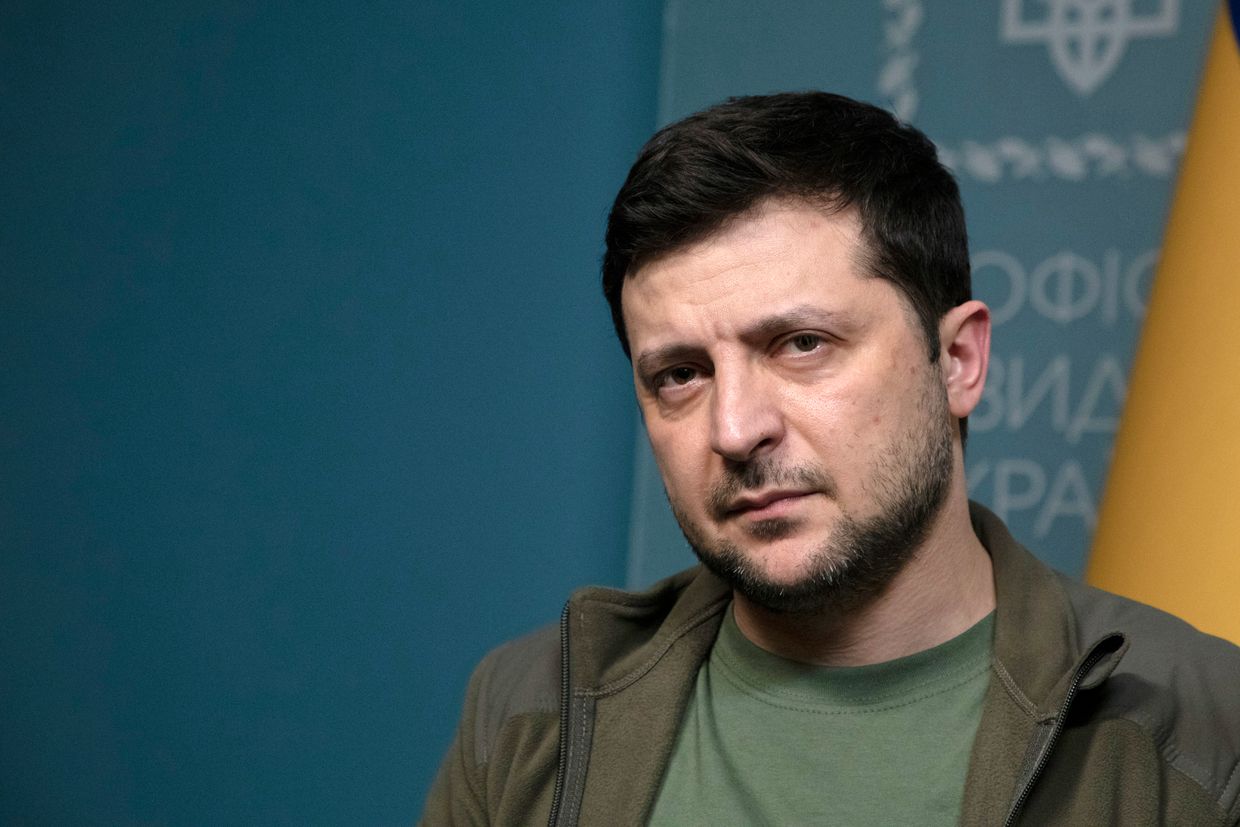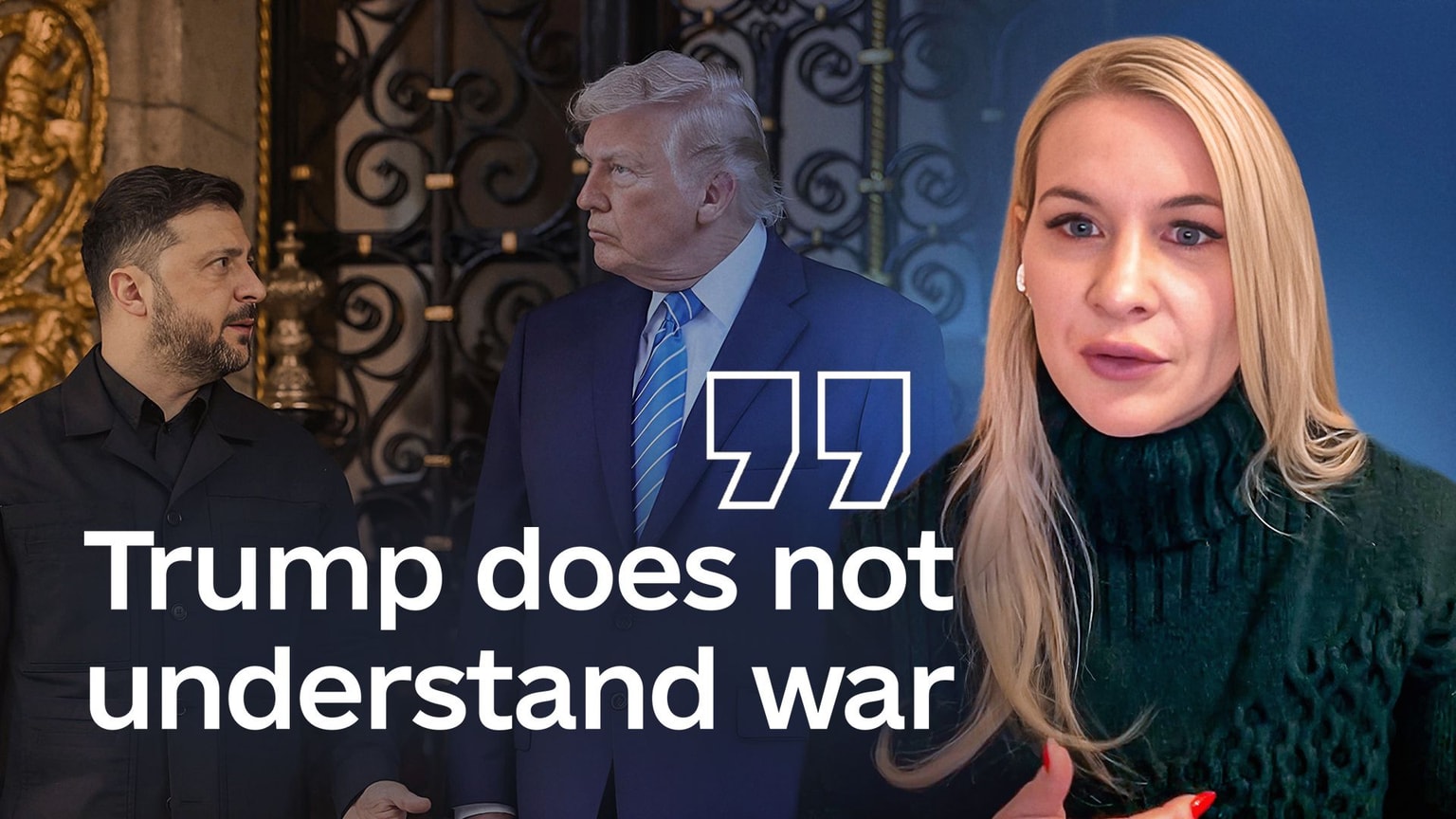Opinion: Seizing Russia’s frozen assets is the right move

As Russia’s war against Ukraine continues to wreak havoc both regionally and globally, the Ukrainian people and their allies demonstrate remarkable determination and courage. But nearly two years after Russia launched its full-scale invasion, it is increasingly clear that the international community can and must do much more to help.
While the G7 countries and other governments around the world have been extraordinarily generous in supporting the Ukrainian war effort, there are signs of growing fatigue in some circles – a development Russia appears to have anticipated. With the United States and the European Union failing to commit more than $100 billion in aid to Ukraine in December, the idea of seizing Russian assets frozen by Western countries has re-emerged as a potential solution.
Although seizing these assets would boost Ukrainian morale and finances, policymakers on both sides of the Atlantic are wary. As The New York Times recently reported, top U.S. officials fear that setting such a precedent would deter other countries from depositing their funds at the New York Federal Reserve or holding them in dollars.
But the concern that other governments might become wary of keeping their funds in the U.S. for fear of future seizures overlooks some key points. Seizing Russia’s frozen assets would not affect other countries’ assets or change the incentives of governments that are not planning a major war. Moreover, by not seizing these funds, Western countries are signaling that governments waging brutal wars of aggression can violate international law and simultaneously benefit from it to escape the consequences of their actions. Instead, G7 leaders should send a clear message: no country can have it both ways. By deterring other bad actors from violating international law, such seizures could act as a peace-building measure.
The supposed negative effect of seizing Russian assets on other countries’ willingness to deposit funds in the U.S. and Europe, were it real, would have become apparent when these funds were frozen in early 2022. Notably, there has been no capital flight from the U.S. or Europe. This is partly because there are few safe alternatives to the established financial system. Assuming that governments do become wary of keeping their assets in the U.S., Europe, or Japan, where else are they going to hold them? Even if they set aside concerns such as capital controls, would they feel more secure holding their money in, say, Chinese institutions?
Moreover, while European and Japanese institutions might benefit if other potential “rogue” countries decided not to keep deposits in the U.S., the financial impact would be negligible. In fact, many economists argue that such capital inflows are a cost rather than a benefit. Since they lead to currency appreciation, the argument goes, they make it harder to export goods and compete with imports, thereby destroying jobs.
To be sure, some financiers might face losses. But most of the funds held in the U.S. are simply reserves deposited at the Fed, which do not directly benefit Wall Street. The same applies to Euroclear, the Belgian financial institution where the bulk of Russian assets are held.
Another, related argument against asset seizure is that it can be carried out only once, because once it’s done, no country would leave its reserves or other assets in the U.S. or the EU. But, even if true, the argument is not persuasive: a tool that cannot be used is essentially worthless, and there has never been a more appropriate time to use it than now.
Ultimately, Russia must be held accountable. While Russia cannot fully compensate Ukraine for the devastation it has wrought, it should, at a minimum, pay for the physical damage and cover the costs of reconstruction. When an individual commits a tort – an act that harms another person – they are obligated to provide compensation. Often, individuals’ assets are seized to ensure that they fulfill this obligation. The same principle applies to countries. Although asset seizures are often complex undertakings, Russia’s case could prove to be the exception, given that the assets to be seized have already been frozen.
Legal experts may argue that offering Kyiv loans and using the frozen assets as collateral is a better approach, since it would force Russia to choose between directly compensating Ukraine and forfeiting these funds. But such technicalities are best left to lawyers. The reality is that Ukraine needs the money now, the money is under Western control, and not using it to help Ukraine win this war and rebuild would be unconscionable. It is unreasonable to expect taxpayers and donors in Europe, the U.S., and Asia to bear the costs of Ukraine’s reconstruction when Russia itself could make a significant (albeit involuntary) contribution.
But the specific use of the confiscated funds is a secondary concern. While 90% of the American security assistance allocated to Ukraine is spent in the U.S., the seized Russian assets could be used to support Ukrainian forces on the ground and finance the massive recovery effort.
It should go without saying that seizing Russia’s frozen assets would not absolve the West of the responsibility to provide Ukraine with military aid; without victory, there can be no reconstruction. Nevertheless, the fact that rebuilding Ukraine could end up costing $1 trillion – more than three times the assets’ value – might mollify those who are still reluctant to use them to fund the reconstruction effort.
Of course, no amount of money can ever undo the immense damage that Russia’s war of aggression has inflicted on Ukraine’s economy and its people. But the frozen Russian assets can be viewed as a down payment on the reparations that the Kremlin should eventually be compelled to pay.
Editor's note: The opinions expressed in the op-ed section are those of the authors and do not purport to reflect the views of the Kyiv Independent.















